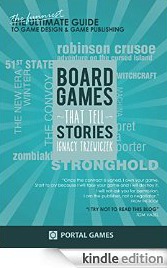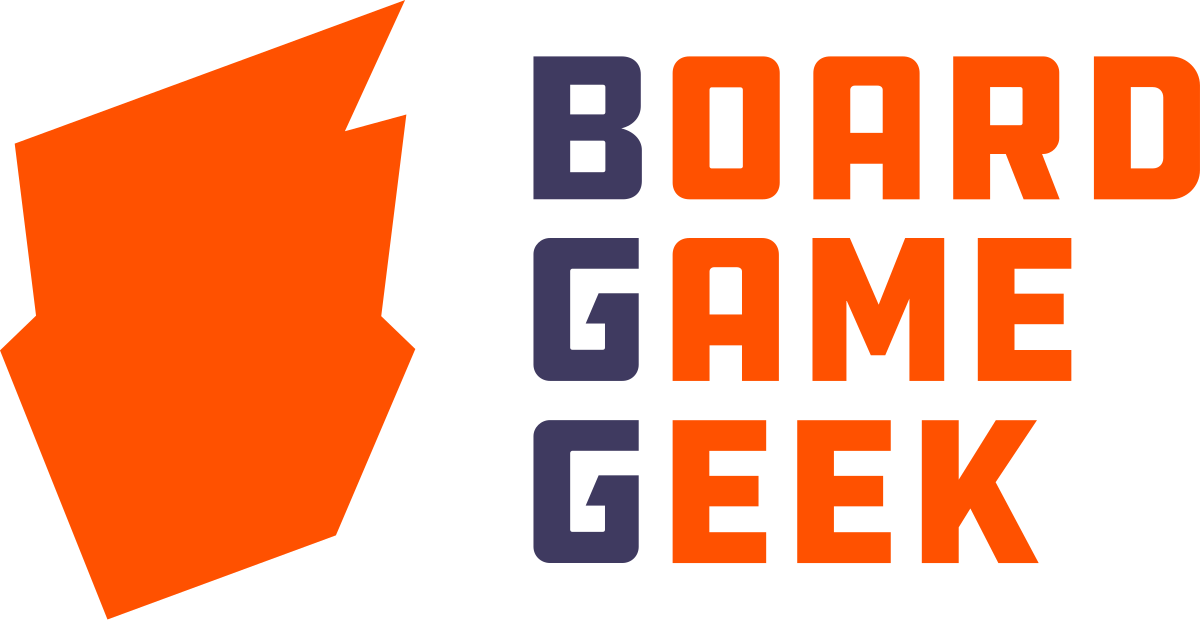Board Games as Art by Phil Eklund
Today I have a pleasure to welcome here Phil Eklund, one of the most prolific designers, famous for his ambitious games that not only have interesting mechanisms, but come with a stunning amount of scientific research. I personally met Phil a few years ago at the convention in Bremen, Germany where he was demoing High Frontier. Without further ado I present you his article! – Ignacy Trzewiczek
BOARD GAMES AS ART
My name is Phil Eklund, founder of Sierra Madre Games and designer of such games as Pax Porfiriana, the Bios trilogy, and High Frontier. Often we think of art as paintings, sculpture, literature, music, theater, etc. I want to persuade you that boardgames can also be thought of as art, and why it is useful to regard them this way.
Useful definition of art.
I start with a useful definition of art: „The selective re-creation of reality according to an artist’s value-judgments.“ By this definition, not everything hung on a wall or splashed on a canvas is art! You need (1) selectivity, (2) re-creation of reality, and (3) value-judgements.
Selectivity.
All art is selective. Unlike (for example) a photograph, art does not portray every detail. Instead, an artist recreates reality much like a novelist does. To portray what is important, and omit what is not.
Re-creation of Reality.
Because we live in reality, any work of art must help us appreciate it. Even the most abstract game has referents to reality, and is a simulation of some sort. But you must have vision. Which is to say, you must hold in mind the element of reality that is to be recreated in this genre. Without vision, a game becomes merely a vehicle of technical virtuosity.
Value-Judgements.
To be an artist, you need something to convey. You need to believe in something. You need context, principles, and long-range direction; you need connection among your goals, coherence among your days, and a broad overview uniting your disparate experiences, conclusions, and actions into a sum. In short, every artist needs a philosophy, the means by which he comes to make value-judgements.
Philosophy.
Many designers do not know in explicit terms what they regard as important. They are unfamiliar with philosophy and hold few ideas on the subject; yet they are able to create and/or respond to art. This is possible because all persons, whatever their conscious mental content, are able to subconsciously appraise values, according to whatever fragments of philosophy they hold. Only a handful of designers hold explicit values and translate them into their art. Your philosophy will set your sense of life, beliefs, decisions, evaluation of good and evil, true and false.
Artist’s Handiwork.
To be recognised by the works of art you create, the player should know something about you after playing your game. Your game’s integration and subject, as well as how it communicates your view of the world, should identify you as the artist. Although it may sound prideful, I can say with some confidence that many or most players can tell a game is mine without seeing my name on the box.
Distinctiveness.
So that’s the goal. To give your products a distinct signature, and avoid copying or fads. The integrated whole must say something about you and your philosophy.
Passion.
The desirable side-effect in believing in something is passion. As a creator, you will be constantly tinkering with your creation, consumed by its creation. Such is the nature of artists.
Did you see our vlog? Portal Games You Tube
Tweet at us! @Trzewik
Visit us on Facebook! Portal Publishing


 I strongly believe that good board game is the one that tells a good story. You play it and suddenly you are sucked into it, you feel chills on the skin. Emotions grow. In a moment you defend castle. You hear roar of warriors. You smell boiling oil. You are into it.
That's how I design my games. I always want to tell a good story. I want players to be into it. As deep as possible.
I strongly believe that good board game is the one that tells a good story. You play it and suddenly you are sucked into it, you feel chills on the skin. Emotions grow. In a moment you defend castle. You hear roar of warriors. You smell boiling oil. You are into it.
That's how I design my games. I always want to tell a good story. I want players to be into it. As deep as possible.




Awesome, love Phil !